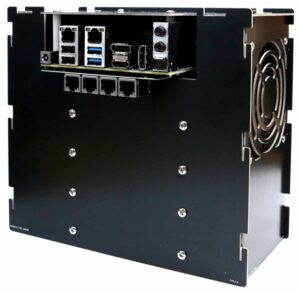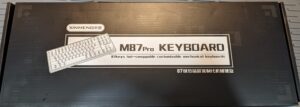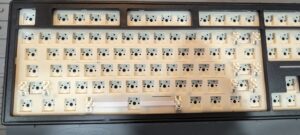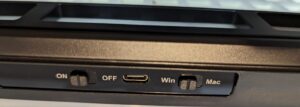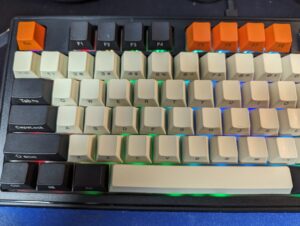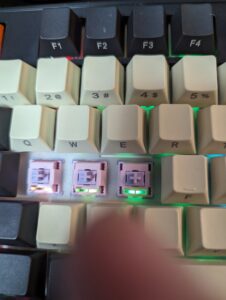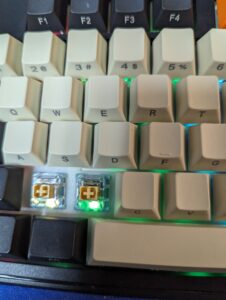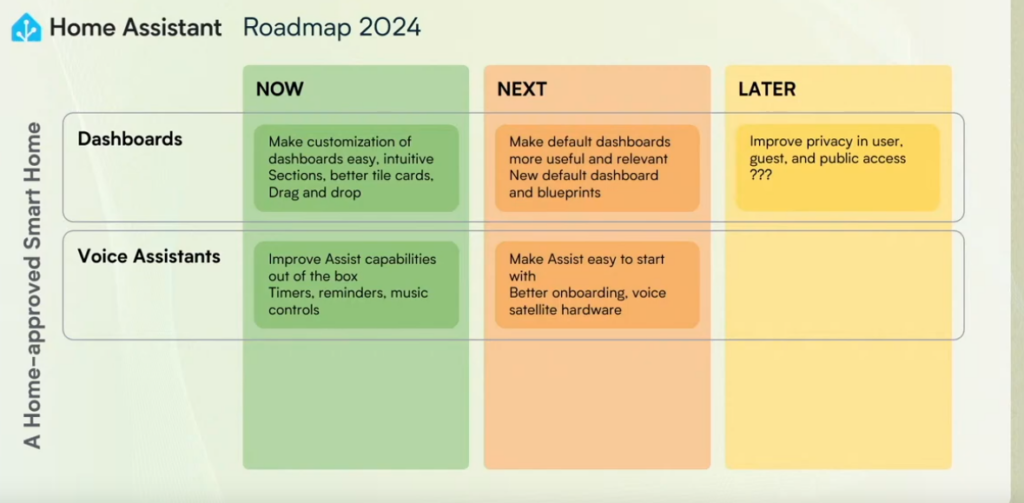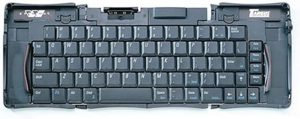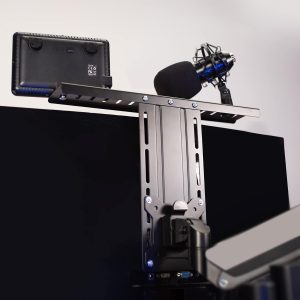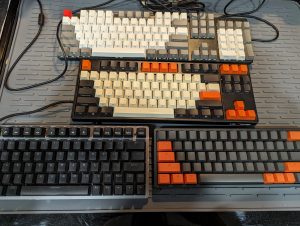For years, Intel’s low power CPUs were items I used because I needed something low power and was willing to suffer the slow speeds. But technology has caught up. The series is perfectly fast for the majority of my needs, be it a server, or even a web browsing system. It isn’t a gaming powerhouse, but can handle media playback admirably, and has the power to handle transcoding for a Plex server, if you wanted it to be one, and all at low power. I’ve acquired 3 N-100 powered items to replace older systems…to power my NAS, a backup/portable desktop for various uses, and as a dedicated computer for a scanner project.
It seems, with this line, Intel has finally gotten to a place of reasonable performance and power usage. So, I wanted to show some examples of what reasonable little systems you can buy. Of course, I usually wipe Windows and switch to my preferred Linux desktop or server OS, but…to each their own.
For example, you can try something like this CWWK N-100, which has 4 2.5GBE ports, and looks perfect for a router. It does not come with drive or RAM for a little over $200.
This Beelink S12 Pro offers 16GB RAM and 500GB of RAM for $169. It does lack a USB-C port, which I do like to have, but Beelink has a good reputation for inexpensive devices.
Even smaller is this GMKtec Mini PC with 8GB of RAM/256GB SSD, at $135. It looks to be 4 inches square from the image.
Minisforum also gets good reviews, and this one, the UN300, has that USB-C port I was looking for, although not a 2.5GBE port, if that’s important to you.
So, this isn’t just about me showing off little toys I wouldn’t mind buying. It is the cornerstone of my refresh plan for old technology. It’s inexpensive and I can deploy it to replace 5-10 year old systems, and it will last another 5-10 years, if not more…which is why I’m already thinking about 2.5GBE ports… My systems are all wired with gigabit ethernet. 2.5GBE is 2.5 Gigabit Ethernet…and is becoming more mainstream. There are 5 and 10GBE, but as gigabit ethernet was once expensive, 2.5 gigabit capable equipment is rapidly more affordable and being included in hobbyist level equipment.

